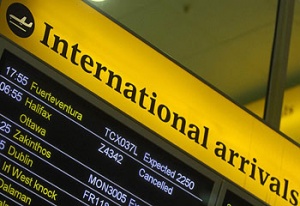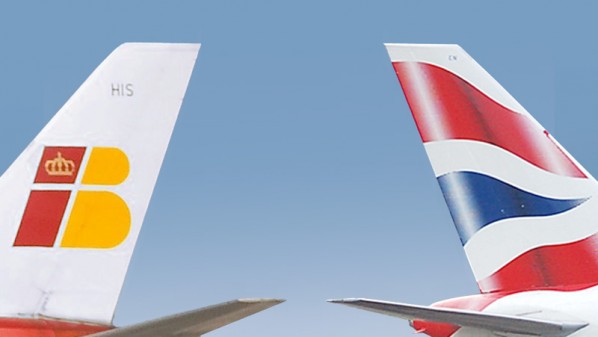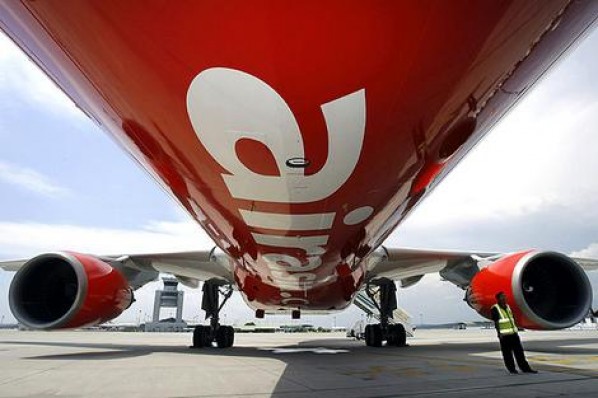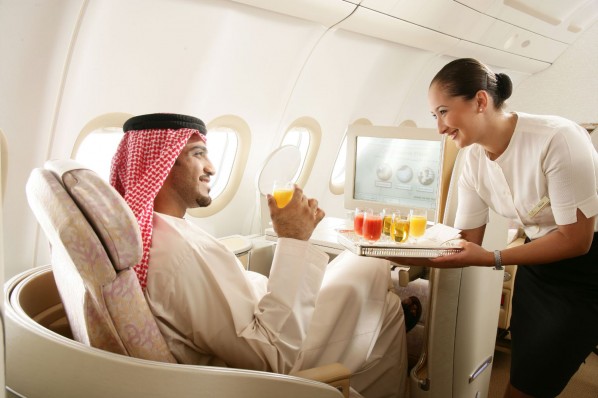Flying or Falling? The Future of the Global Aviation Industry

Aviation has not fared well in the age of globalisation.
While countless carriers operate an ever increasing number of routes, no truly global carrier has emerged.
Instead over 200 national flag-carriers and a host of low-cost alternatives battle it out for increasingly savvy passengers, driving down profits for all.
This has been exacerbated by the global recession precipitated by the collapse of Wall Street leviathan Lehman Brothers in 2008. As businesses have sought to cut travel costs, so leisure travellers have become shrewder with their money, forcing airlines to compete ever harder on price.
Rising fuel prices, natural disasters and political unrest in key markets have all taken an additional toll.
As a result, the International Air Transport Association (IATA) argues the global aviation industry as whole will make a profit of just $4 billion in 2011 - equating to a 0.7 per cent margin on revenue.
“There is little buffer left against further shocks,” said Giovanni Bisignani, former IATA director general, who stepped down earlier this year.
So what strategies are airlines adopting as they seek to counteract these trends? Here Breaking Travel News looks at the differing paths chosen by airlines around the globe as they seek to survive in the most hostile of environments.
Consolidation
One word on the lips of many in the industry of late has been ‘consolidation’, with already gigantic carriers seeking out partners for future growth.
After much dancing around, British Airways finally merged by Spanish flag-carrier Iberia last year in one of the most high-profile deals to create International Airlines Group (IAG).
Chief executive, Willie Walsh – who stepped up from head of BA to lead the new company – has explained how the synergy between the two will allow both to grow.
British Airways’ strong connections to the United States compliment the Iberia network in South America, while expanding bases in Madrid will allow IAG to overcome limited capacity at London Heathrow.
Further deals with American Airlines, Japan Airlines or Qantas cannot be ruled out as IAG seeks to develop over the mid-term.
Indeed Walsh previously suggested up a dozen airlines may be in the sights of IAG, adding: “This is just the beginning and not the end of this new adventure.”

IAG is hoping synergies between BA and Iberia will allow it to thrive in a competitive market
On the other side of the Atlantic, United Continental Holdings (UCH) has been seeking to bolster its position in the United States following its creation in 2010.
Operating out of a number of large bases – including Chicago, Houston, Los Angeles, San Francisco and Washington – UCH hopes it sheer size will allow it to prosper.
“The combined United-Continental route network, which has virtually no overlap, offers exciting potential for growth,” UCH head of corporate communications, Nick Britton, told Breaking Travel News.
“With ten hubs, including those serving the four largest cities in the US, the new airline is extremely well-positioned to take advantage of growth opportunities in any region of the world.”
However, even UCH – which is now among the biggest carriers in North America – sees potential for further consolidation in the market.
“We recognise even our [comprehensive global route network] is not enough to meet the demands of all our customers, particularly multinational corporate clients with truly global travel requirements,” added Britton.
“It is likely that we will see continued consolidation in the industry, as well as further development of anti-trust-immunised joint ventures.”
In South America, the merger of LAN Airlines of Chile and Brazil’s TAM Airlines is also expected to complete later this year, despite some regulatory stumbling blocks, creating a new regional superpower.

Alliances such as oneworld can help airlines offer a global service to passengers
Alliances
But a full merger is not the only way airlines can reap the benefits of partnership, with many opting to boost route networks through a softer form of association – airline alliances.
Star Alliance, oneworld, and SkyTeam all group a number of airlines around key anchor carriers – allowing each to benefit from the route network of the others. Passengers are thus offered a great choice of destinations, while airlines are able to cut costs through integrating ticketing, maintenance and airport facilities.
oneworld in particular has been pressing ahead recently, last year adding Russian S7 Airlines to its list of members, ahead of Kingfisher Airlines, airberlin and Malaysia Airlines, all of whom are expected to join over the coming months.
The aim, in the long-term, is to build a truly global platform for air travel. However, this process is far from complete.
“Consolidation on a global basis has happened in virtually every other industry, delivering great benefits to consumers, yet the airline business, on which most of those other industries depend to enable them to operate globally, lags behind,” explained Michael Blunt, vice-president corporate communications, oneworld.
“This is because the industry is still hide bound by red tape introduced in its infancy, some 70 years ago, which imposes strict nationality ownership restrictions on airlines.”
For example, oneworld member IAG is likely to be prevented from merging with American Airlines, as ownership rules in the United States prevent overseas carriers from taking more than a 25 per cent stake in American operators.

AirAsia has revolutionised low-cost travel in Asia-Pacific
Low-cost carriers
Where integration is blocked, the creation of a wholly new airline may be an alternative. This is particularly evident in Asia, where a number of incumbents have recently outlined plans to create low-cost carriers.
Singapore Airlines has confirmed it will launch a new – as yet unnamed – low-cost carrier in the first half of 2012, while All Nippon Airways has joined with AirAsia to launch a budget carrier – AirAsia Japan – next year.
Other low-cost carriers are also growing.
Philippines’ Cebu Pacific has raised hundreds of millions of dollars in the past year to expand its fleet, while Qantas-owned Jetstar recently outlined plans for a AS£500 million expansion.
Such carriers are seeking to cash in on the boom for travel in Asia – with a developing middle class seeking to spend new disposable incomes on previously unaffordable air travel.
Indeed, the number of people flying in Asia will rise by 360 million to one billion over the five years to 2014, according to IATA estimates.
As regional governments come to accept the new carriers, reducing barriers to entry, this could be one area of real growth for the aviation industry. AirAsia, for example, recently outlined plans to triple the number of aircraft in its fleet to 300.

Etihad has been recognised as the World’s Leading Airline by the prestigious World Travel Awards
Return of the flag-carrier
But what of the ‘traditional’ model for an airline: the national flag-carrier? Is this form of carrier set to become extinct?
If it were not for the Middle East many analysts may suggest so, but the success of Emirates in Dubai and Etihad of Abu Dhabi has illustrated a transformation in the fortunes of such operators.
With just a small initial investment from host governments, both carriers have become regional superpowers with designs on the world stage, having utilised a number of key advantages to gain a strong foothold.
Growing markets in China, India and across the Middle East are all within easy reach of the United Arab Emirates, boosting passenger numbers, for example, while world-class airports have been built to support growth.
Efficient air traffic control is also a little known strength, allowing for congestion free travel. Night flights are permitted, opening further possibilities.
Low-wage costs, with workers from the subcontinent drawn to the tax free haven of Dubai, have also allowed for improved profit margins.
But the airlines themselves have also been savvy; in effect pioneering low-cost, long-haul travel.
By deploying large, efficient aircraft (including the new Airbus A380) from a single base to destinations around the world, around the clock, Emirates and Etihad have effectively created the first global hub.
In such a market, competitors are essentially reduced to feeders to this central destination.
This innovation was recently recognised by the World Travel Awards, which named Etihad as the World’s Leading Airline in 2010.
Future of Aviation
Airlines have many different paths to choose from as they seek to maintain profit margins in an increasingly difficult environment.
Government regulation, particularly in Europe and the United States, curtails some, while the difficulty of locating an effective partner reduces others. Airline alliances can only offer so much, while the benefits of a UAE base are not open to all.
But with Qantas chief executive Alan Joyce telling an audience recently the survival of the carrier was “by no means assured”, it seems the crunch for airlines around the world may be approaching.

